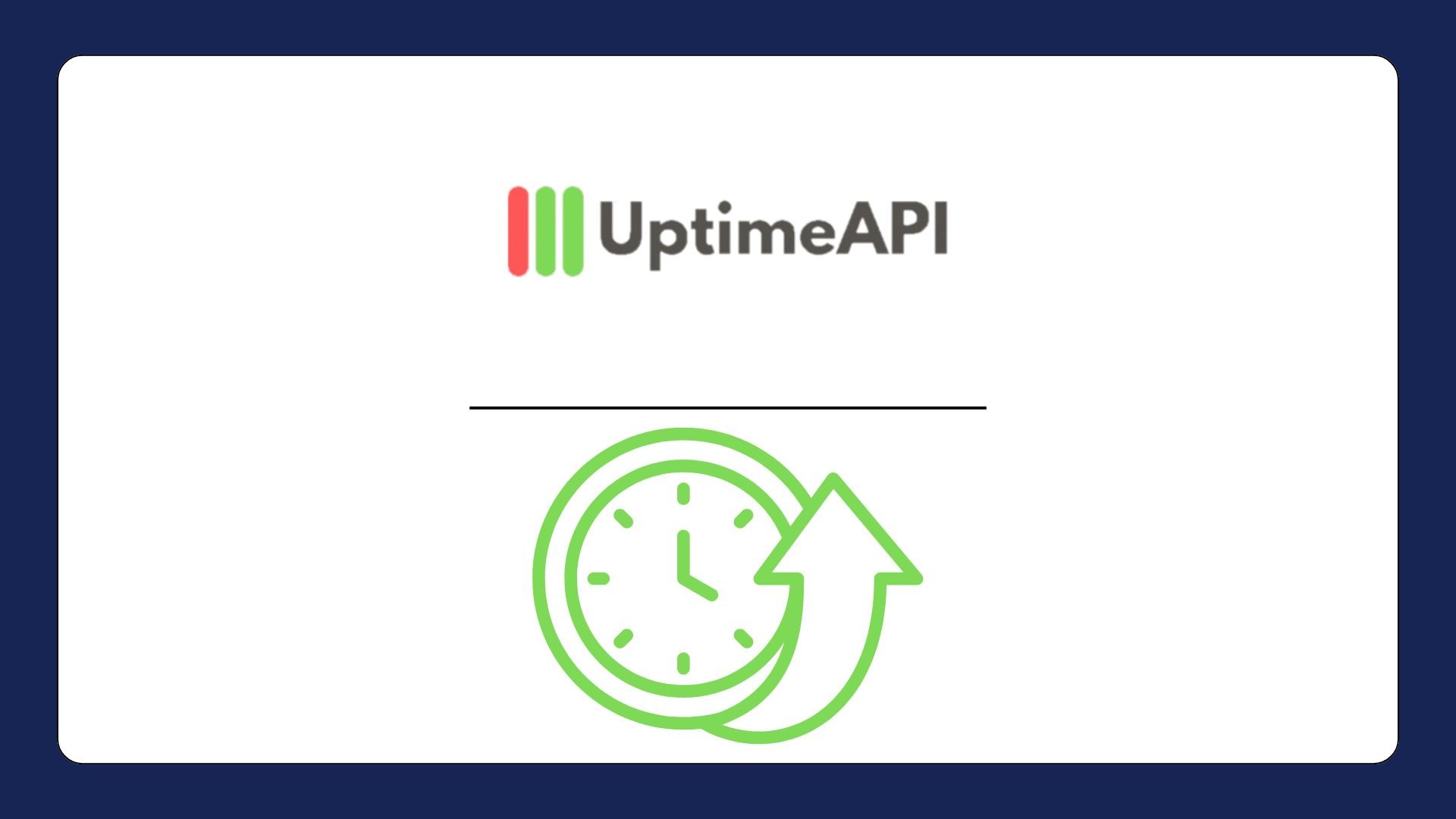REST API Uptime To Check API Performance

Ensuring the reliability and performance of these APIs becomes crucial for developers. Technologies for uptime monitoring, like Uptime API, are essential in this situation. Maintaining a high REST API Uptime guarantees that your apps function properly and give users the best experience with the fewest interruptions.
Key Features of Uptime API
Developers need to be notified of any issues as soon as they occur. Uptime API offers customizable alerts, enabling users to receive notifications when certain performance thresholds are crossed or when downtime occurs. These alerts can be sent via various channels, such as email, SMS, or integrations with popular communication platforms like Slack. This feature ensures that developers are always informed, whether they are in the office or on the go.
As businesses scale and cater to global audiences, it’s essential to ensure that APIs are available in multiple regions. Uptime API allows developers to monitor their APIs from different geographic locations, ensuring that users from various regions experience the same level of performance and reliability. This feature is particularly useful for global applications or services with a worldwide user base, as it helps detect region-specific issues that might otherwise go unnoticed.
To maintain high levels of API performance, developers need access to detailed data and reports. Uptime API provides comprehensive reports that track uptime, response times, and other key performance metrics. These reports offer a granular look at how the API performs over time, enabling teams to identify trends, spot recurring issues, and optimize their API infrastructure. Having access to this data helps developers make informed decisions when it comes to scaling or optimizing their APIs.
How Uptime API Helps Developers
For developers, the value of Uptime API lies in its ability to provide real-time insights into API performance and availability. Without constant monitoring, developers are left in the dark when APIs experience issues. By using this API, developers can ensure that they are always aware of their API's health, allowing them to address potential problems before they affect users.
- Preemptive Issue Resolution: One of the key benefits of uptime monitoring is the ability to detect and resolve issues before they escalate. Whether it’s a slow response time or an outright API failure, Uptime API ensures that developers can take corrective action immediately, minimizing the impact on end users.
- Improved User Experience: For applications that rely heavily on third-party or internal APIs, ensuring high availability is crucial for delivering a seamless user experience. The API helps developers maintain this level of service, reducing the risk of downtime and ensuring that users always have access to the features they need.
- Data-Driven Optimization: The detailed reports and performance analytics provided by this API allow developers to make data-driven decisions when it comes to API optimization. By understanding patterns in API performance, developers can proactively improve their infrastructure, leading to better performance, reduced latency, and more efficient API usage.
Compared to other API monitoring solutions, the API stands out for its ease of use, affordability, and comprehensive feature set. While many tools offer similar basic uptime tracking, this tool goes beyond the basics by providing a more detailed view of API performance across different regions and offering more granular control over alerts and notifications. Additionally, its scalability makes it a suitable option for both small teams and larger enterprises.
For developers seeking a reliable, cost-effective, and powerful tool to monitor their APIs, Uptime API proves to be a compelling choice. By ensuring high uptime, offering robust error diagnostics, and delivering actionable insights, Uptime API enables developers to deliver better-performing applications and services with confidence.

